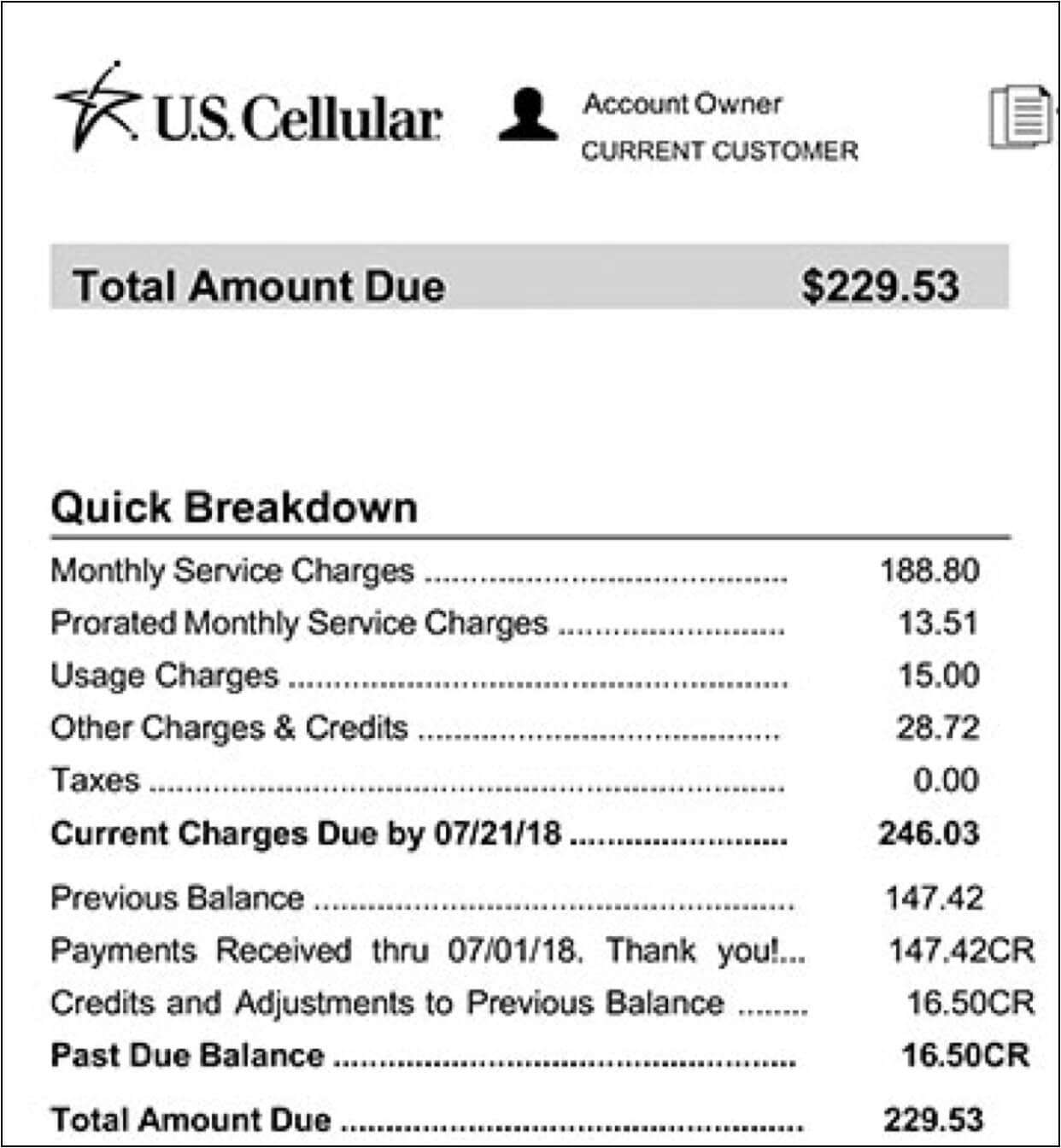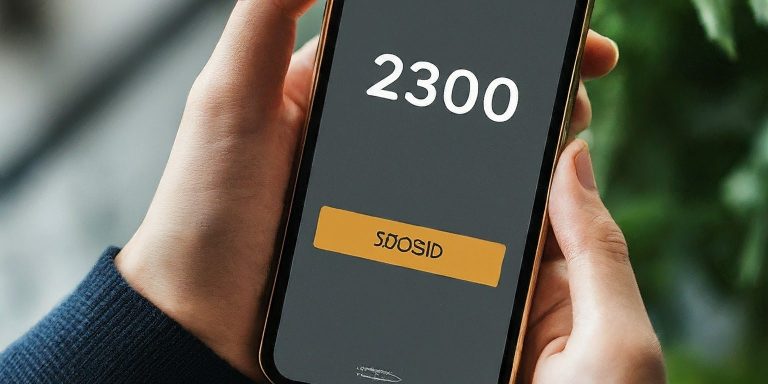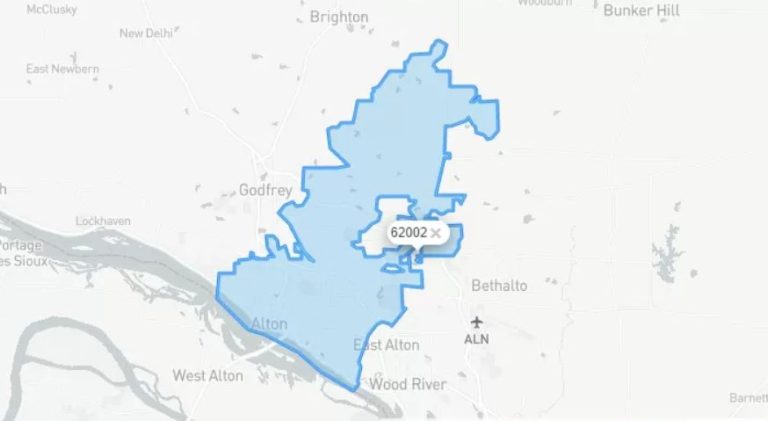Your phone bill can often seem like a labyrinth of confusing charges and cryptic terminology. However, understanding your bill is crucial not only for budgeting purposes but also for identifying potential areas for savings. In this exclusive article, we delve deep into the intricacies of phone bills, break down common charges, and offer practical tips on how to optimize your spending.
Contents
Anatomy of a Phone Bill
At its core, a phone bill is an itemized statement detailing the services you’ve used and the associated costs. While the layout and terminology may vary slightly between providers, most phone bills share some common elements:
- Account Summary: This section provides an overview of your account, including your account number, billing period, and total amount due.
- Service Charges: Here, you’ll find charges for your core services, such as voice calls, text messages, and data usage.
- Other Charges & Credits: This section covers a range of miscellaneous charges and credits, such as taxes, fees, and discounts.
- Payment Information: This details how and when to make your payment.
Breaking Down Common Charges
Now, let’s take a closer look at some of the most common charges you’ll encounter on your phone bill:
Voice Calls:
- Minutes of Use: This refers to the total amount of time you’ve spent on calls during the billing period. If you exceed your allotted minutes, you may incur overage charges.
- Long Distance & International Calls: Calls made outside your local calling area or to international destinations often carry additional charges.
Text Messages (SMS & MMS):
- Text Messages Sent & Received: Depending on your plan, you may be charged per text message sent or received, or you may have an unlimited texting allowance.
- Multimedia Messages (MMS): These messages, which can include photos and videos, are often charged at a higher rate than standard text messages.
Data Usage:
- Data Used: This indicates the amount of data you’ve consumed during the billing period. Exceeding your data limit can result in significant overage fees or throttled speeds.
- Data Overage Charges: These fees apply if you exceed your monthly data allowance.
Other Charges & Credits:
- Taxes & Fees: These government-imposed charges can add a substantial amount to your bill.
- Device Payments: If you’re financing a phone through your carrier, you’ll see monthly installment payments on your bill.
- Late Payment Fees: These fees are charged if you miss your payment deadline.
- Discounts & Credits: You may receive discounts or credits for various reasons, such as loyalty programs, promotional offers, or autopay enrollment.
Understanding Your Data Usage
Data usage has become a major component of most phone bills, so it’s crucial to understand how it’s calculated and how to manage it effectively.
- Megabytes (MB) & Gigabytes (GB): Data usage is typically measured in megabytes (MB) or gigabytes (GB). One gigabyte is equivalent to 1024 megabytes.
- Data-Hungry Activities: Streaming videos, downloading large files, and online gaming can consume a significant amount of data.
- Monitoring Your Usage: Most carriers offer tools to track your data usage in real-time. You can also use apps to monitor your consumption and set alerts to avoid overage charges.
Tips to Save Money on Your Phone Bill
Now that you have a better understanding of phone bills, let’s explore some practical strategies to reduce your monthly expenses.
1. Review Your Plan & Usage:
- Analyze Your Usage Patterns: Take a close look at your recent phone bills to understand your average usage for voice calls, text messages, and data.
- Compare Plans: Shop around and compare plans from different carriers to see if you can find a better deal that aligns with your usage habits.
- Consider Family Plans: If you have multiple family members on separate plans, consolidating them into a family plan can often lead to substantial savings.
2. Optimize Your Data Usage:
- Connect to Wi-Fi Whenever Possible: Utilize Wi-Fi networks at home, work, or public places to minimize your cellular data usage.
- Limit Background Data: Many apps consume data in the background even when you’re not actively using them. Restrict background data usage for non-essential apps.
- Stream Smartly: Adjust the video quality settings for streaming services to reduce data consumption.
- Use Data Compression Apps: Consider using apps that compress data to make your allowance go further.
3. Take Advantage of Discounts & Promotions:
- Autopay & Paperless Billing: Many carriers offer discounts for enrolling in autopay and paperless billing.
- Loyalty Programs: Check if your carrier has a loyalty program that offers rewards or discounts for long-term customers.
- Student & Senior Discounts: Some carriers offer special discounts for students and seniors.
- Employee Discounts: Inquire with your employer to see if they have any corporate discounts with specific carriers.
4. Negotiate with Your Carrier:
- Be Prepared: Gather information about competing offers and be ready to explain why you’re considering switching carriers.
- Be Polite & Persistent: Explain your situation clearly and respectfully. If you’re not satisfied with the initial offer, don’t be afraid to ask for a supervisor or escalate the issue.
5. Consider Alternative Providers:
- Prepaid Plans: If you have low usage or want more control over your spending, prepaid plans can be a cost-effective option.
- Mobile Virtual Network Operators (MVNOs): These carriers lease network infrastructure from major providers and often offer more affordable plans.
Conclusion: Take Control of Your Phone Bill
Understanding your phone bill is the first step towards optimizing your spending and potentially saving hundreds of dollars each year. By reviewing your plan, optimizing your usage, and exploring discounts and alternative providers, you can take control of your phone bill and ensure that you’re getting the best value for your money.
Read More: T-Mobile & WhatsApp: A Partnership for the Future







